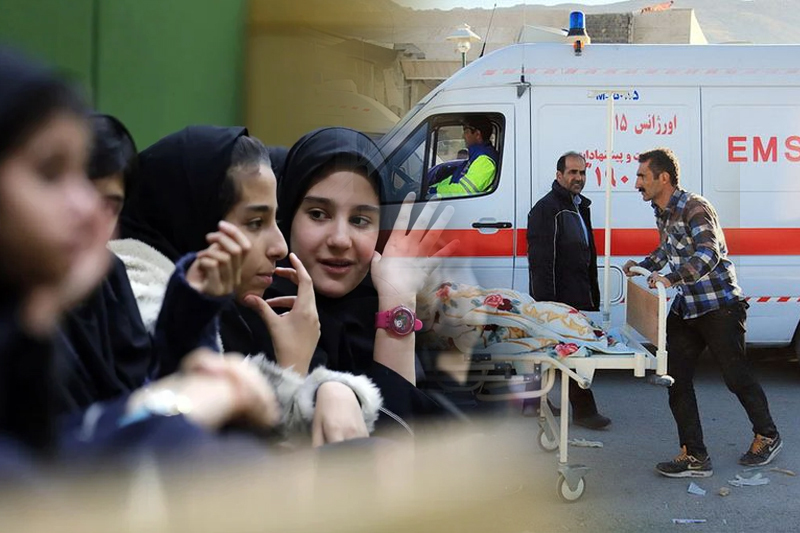
What’s behind the mysterious poisonings of schoolgirls in Iran?
Last updated on March 4th, 2023 at 03:35 am
Since last November, almost 700 schoolgirls in Iran have been poisoned by toxic gas, in what many speculate is a deliberate attempt to compel girls’ schools to shut their doors. Although no girls have died, dozens have reported nausea, dizziness, fatigue, and respiratory problems.
In remarks he later said had been misunderstood, Deputy Health Minister Younes Panahi said at a news conference on Sunday, “It became evident that some people wanted all schools, especially girls’ schools, to be closed down.”
The cases are continuing to worsen public frustration. Earlier this month, scores of people protested outside the governor’s office in the religious city of Qom. While one father was seen shouting in a widely shared video “You are obliged to ensure my children’s safety,” a mother declared “This is a war! … They want girls to stay at home.”
The first case was reported on November 30, when 18 students from a school in Qom were hospitalised. Since then, the number of girls’ schools being targeted went on increasing.
Keep Reading
Several parents have expressed concern over sending their girls to school and are calling for online lessons.
While the prosecutor general revealed last week that he was opening a criminal probe over the poisonings, he said the available details only suggested “the possibility of criminal and premeditated acts”.
Some Iranians speculate the girls are being poisoned as “payback” for their role in mass protests that erupted in September following the mysterious death in custody of Mahsa Amini, who was arrested by the morality police for allegedly failing to “properly” wear her hijab – the headscarf mandatory under Iran’s strict rules.
Meanwhile, others speculate that the cases are triggered by hardliners who want to “copy” Boko Haram in Nigeria and the Taliban in Afghanistan by terrorising parents to stop sending their girls to school.
Also Read:- As Paris Fashion Week begins, Dior returns to the 1950s




